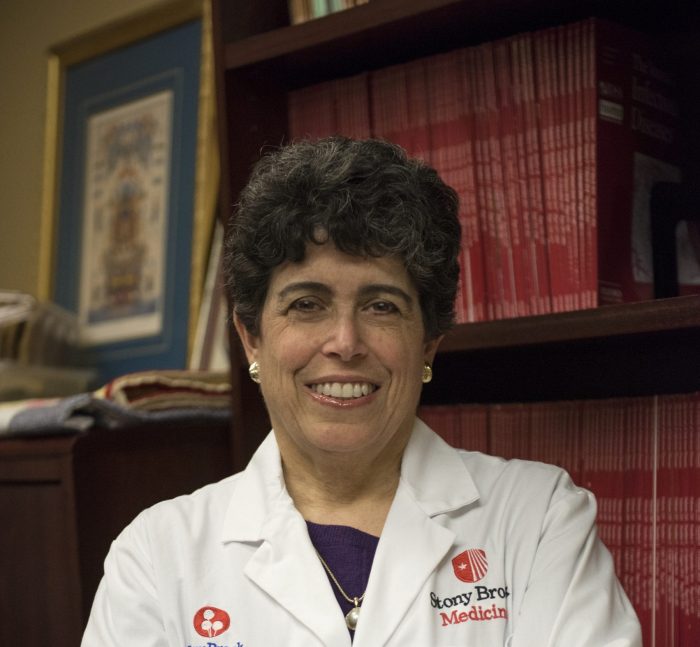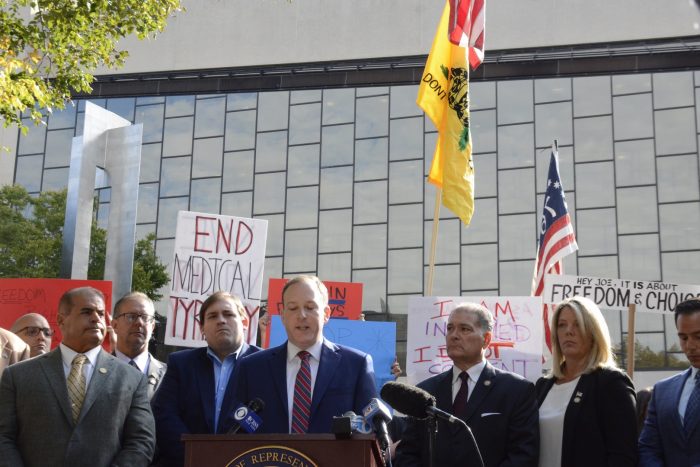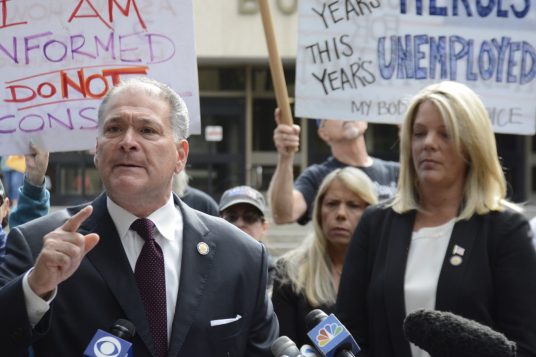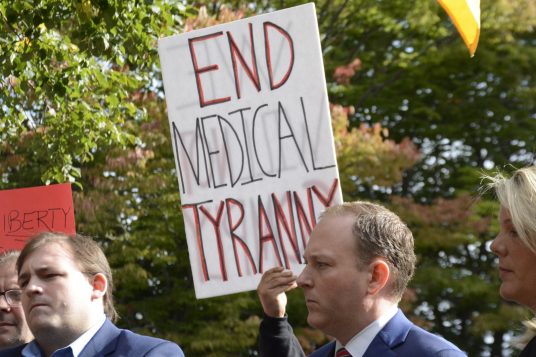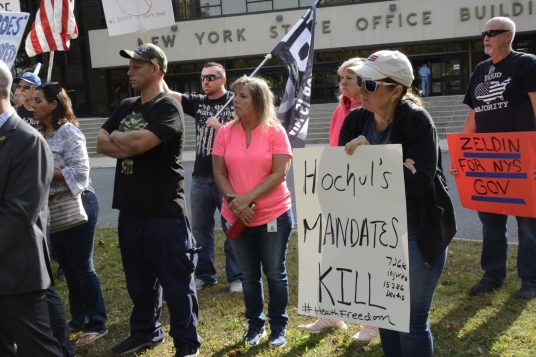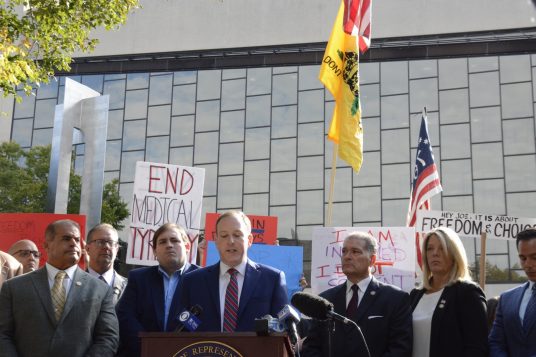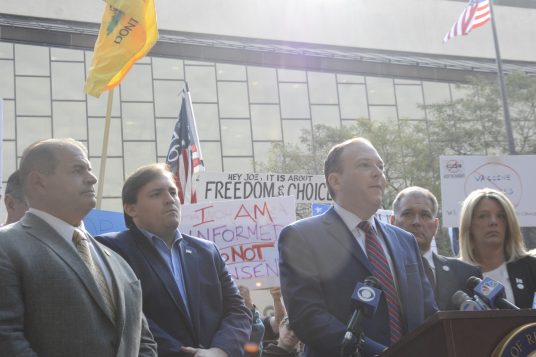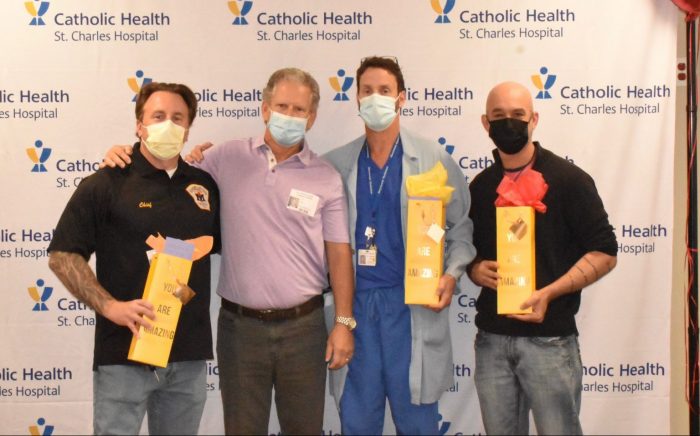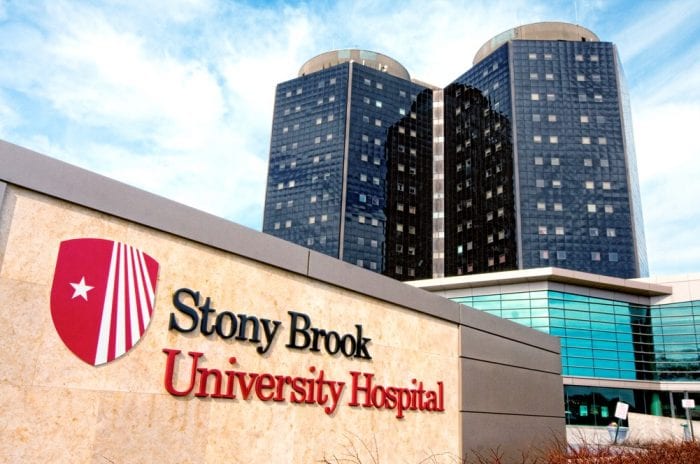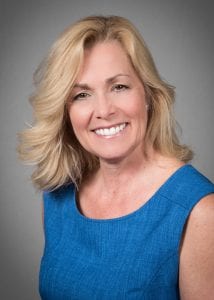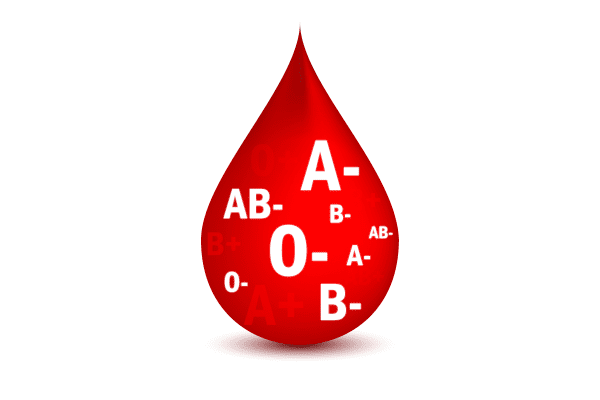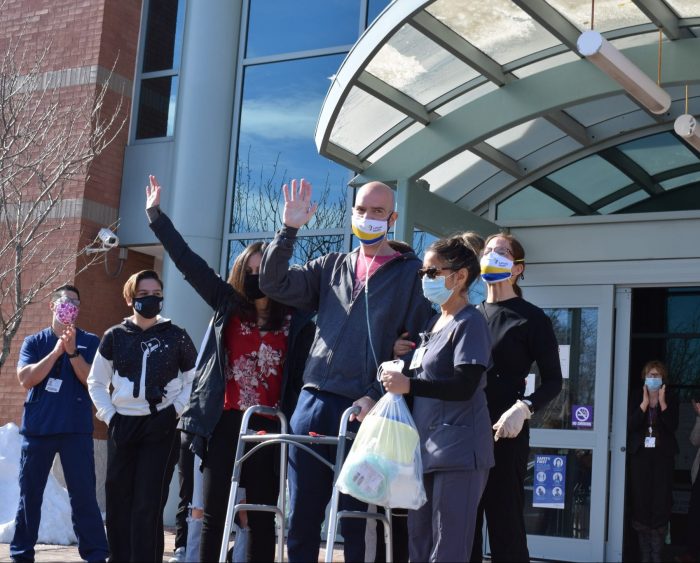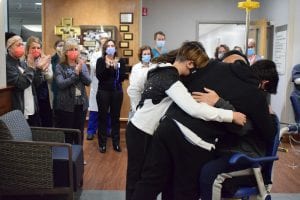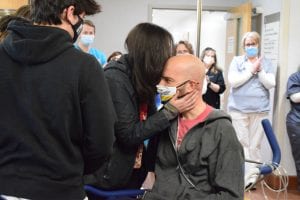The second in a two-part series, this article highlights the strain COVID-19 has placed on a mental health care system that was already resource-constrained. Mental health care workers, from social workers to psychologists, psychiatrists and emergency medical teams, have responded to the increasing need for their services, cutting back on vacation times and dealing with patients who threaten violence against themselves and others. During the pandemic, health care workers who focused on the emotional well-being of patients also sought balance in their own lives. To borrow from the TV show “Law & Order,” these are their stories.
For some, running half marathons, spending time with family, meditating and communing with nature helps. For others, staying connected and reaching out to the kinds of services they themselves provide also offsets the growing strains in their work.
Health care workers have shouldered the burden of the COVID-19 pandemic for more than two years, reaching out well beyond their job description to help patients amid a period of intense uncertainty that threatened their physical and emotional health.
The cost to health care workers, including those who work in behavioral or mental health, has been considerable, as time at the hospital and speaking with patients remotely cut into their personal lives and threatened their own sense of balance.
“It was very difficult to be a doctor through the storms of COVID,” said Dr. Stacy Eagle, director of Psychiatry at Port Jefferson-based St. Charles Hospital. Health care workers had to “deal with a lot of mental health issues” during the last few years.
Indeed, hospitals throughout the area offered varying levels of support while their staff were on-site, including meditation rooms and aroma therapy. They also suggested personal health checks and provided on-call services for employees who might be struggling amid concerns about their health and the well-being of family members and their patients.
While the general public has tried to push COVID into the back of their minds, attending sporting events and movies, going to restaurants and returning to patterns and activities that are reminiscent of life in 2019, health care workers have increasingly needed mental health support.
Employee Assistance
Over the last several months, Stony Brook University, which has an Employee Assistance Program, has seen a rise in the number of staff reaching out for help.
During the pandemic, Stony Brook launched an employee helpline for those who need mental health support, including psychotherapy and/or medication management. Compared to last year, Stony Brook is seeing a two-folded increase, or triple, the number of employees reaching out for services, according to Dr. Adam Gonzalez, director of Behavioral Health and associate professor of Psychiatry & Behavioral Health at Stony University Renaissance School of Medicine.
“There are high concerns about employee burnout, resignations and departures from health care,” Gonzalez wrote in an email. “Most concerning is the risk for suicide — the ultimate consequence of burnout.”
Stony Brook has an employee support team that implements wellness initiatives, including daily mindfulness meditation sessions, yoga and stretching, and confidential one-on-one support by a faculty and staff care team and employee assistance program.
Dr. Poonamdeep Gill, director of the Comprehensive Psychiatric Emergency Program at Stony Brook Hospital, said the mental health team is “seeing more patients who are sicker from a mental health standpoint. People are really struggling. It does take a toll on you.”
Gill said Stony Brook is proactive with staff, making sure they can access services. The university also encourages staff to check in with their leadership team if they are feeling burned out or struggling.
Dr. Michel Khlat, director of St. Catherine of Siena in Smithtown, said he has seen some of the same health care fatigue that has beset hospitals and other health care facilities throughout the country.
“Staff members have gotten overwhelmed with the volumes,” Khlat said. “Some are altering their occupations to see more outpatients. Some are reverting to part-time and per diem work.” He has had a few friends in Florida who are seeing the same phenomenon, with health care workers quitting or cutting back on hospital time and going into private practices.
Bounce forward
The Northwell Health System has been working on the support of all health care workers, including in mental health, said Dr. Vera Feuer, associate vice president in School Mental Health. Northwell has adopted a stress first aid response, peer support, and a resilience model to recover from stress and trauma.
The military developed stress first aid to deal with situations like the pandemic, in which there is ongoing stress with an uncertain ending. That, Feuer said, differs from a single event, like 9/11, where something traumatic occurs and survivors build back from it.
The pandemic has involved over two years of continuous stress and this feeling of uncertainty, she added.
Stress first aid teaches people to support each other in resilience and to “bounce forward,” Feuer said. “It is difficult to maintain in a busy, stressful environment.”
Finding balance
Doctors suggested they engaged in a wide range of activities to help with their own mental health.
A believer in the value of nutraceuticals and supplements, Dr. Jeffrey Wheeler, the director of the Emergency Room at St. Charles Hospital said he also works on focused breathing.
Eagle, his colleague at St. Charles, urges people to pursue some of their hobbies, such as reading or painting. She also recommends staying off of or limiting social media, particularly for younger children who might find the information and the reaction to postings unnerving.
Stony Brook’s Gill believes in physical activity and exercise. She ran a half marathon a few weeks ago on Long Island.
“I make sure I stay active,” she said. “We need to take care of ourselves before we can take care of other people.”
Stony Brook’s Gonzalez stays closely connected to family, friends and work colleagues.
“I also try to stay active and explore nature,” Gonzalez said. “I regularly practice mindfulness [which is] tuning into the present moment in a nonjudgmental way.”
Gonzalez enjoys a good TV show or movie to disconnect and unwind as well.
Northwell’s Feuer said she’s worked harder than she ever had, but, at the same time, she feels fulfilled by the hope and meaning in her work.
For Feuer, the silver lining is the attention to mental health, which “we know has been a problem for a long time. I’m hoping the right resources and interventions” will help those who need it.
To read the first of this two-part series, “Mental health strain for Long Islanders,” visit tbrnewsmedia.com.





